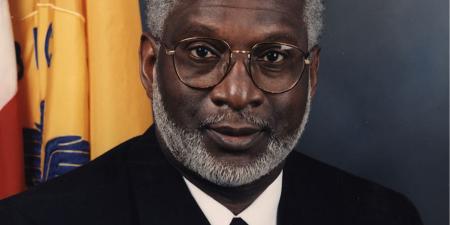The shortage of physicians in rural areas is a longstanding and persistent problem for policy makers and medical educators who continuously face the challenge of devising effective means to meet the health care needs of rural residents. This is no small task, considering that rural areas are home to roughly 20 percent of the US population—approximately 50 million people—but only 9 percent of American physicians practice in rural communities. Rural areas have more primary care Health Profession Shortage Areas (HPSAs), which, in turn, have higher percentages of poor and elderly and persons with chronic diseases. From a health care justice perspective, this means that one of the least-well-off populations in the US—the elderly poor—is also one of the largest medically underserved populations.
Whether this population's inadequate access to medical care is unfair or simply unfortunate is subject to philosophical debate. What is not debatable, however, is that health care disparities in rural areas continue to worsen even as more physicians are trained in this country. In "Physicians and Rural America," Roger Rosenblatt and L. Gary Hart argue that limited access to medical services by many rural Americans stems primarily from the lack of health insurance and the tendency of health care professionals to live and practice in relatively wealthy urban and suburban areas. They also point out that more highly specialized physicians are less likely to live in rural areas and that, although more women are attending medical school, they are more likely than their male counterparts to practice in urban and suburban areas.
As a way of ameliorating disparities in rural health, the authors recommend that the medical education system do more to select and train physicians who are likely to choose rural practice and that Medicare and Medicaid reimbursement strategies be altered to provide economic incentives for practitioners in rural areas. If these measures prove inadequate, the authors also suggest creating more federal and state programs like the National Health Service Corps and adopting telemedicine technologies to extend the reach of physicians to rural areas.
Questions for Discussion
- Is it fair to change Medicare and Medicaid reimbursement strategies so that they pay more for services performed in rural areas?
- Is it fair for medical schools to selectively admit students who fit the profile of those more likely to practice in rural areas? If far fewer women than men choose rural practice, is it fair to limit the number of women selected for admission to medical school?
- In addition to educational and financial initiatives, the authors recommend the use of new information and communication technologies to overcome the geographical maldistribution of health care professionals in rural areas. Do you think that the use of telemedicine will undermine efforts to get physicians to locate to rural communities?



